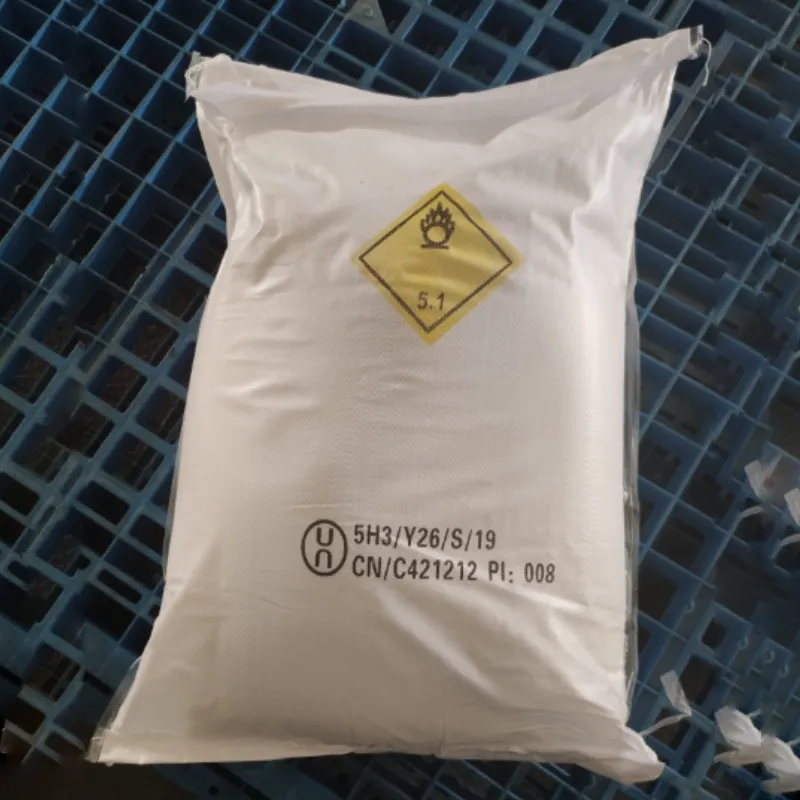
Exploring the Role of Maltodextrin as a Food Preservative in Modern Products
The Role of Maltodextrin as a Preservative Benefits and Applications
Maltodextrin, a white powder made from the starch of corn, rice, or potatoes, has gained significant attention in the food industry for its multifunctional properties. Widely recognized as a food additive, maltodextrin serves various purposes, including as a thickener, filler, and sweetener. However, in recent years, its role as a preservative has emerged as a crucial aspect in food preservation technology. This article explores the benefits, applications, and considerations of using maltodextrin as a preservative.
What is Maltodextrin?
Maltodextrin is derived from the hydrolysis of starch, resulting in a carbohydrate that is easily digestible and soluble in water. It is typically produced through an industrial process that breaks down starch molecules into smaller chains of glucose. This hydrolysis can be achieved using enzymes, heat, or acids, and the resulting product varies in sweetness and viscosity depending on the degree of hydrolysis. Maltodextrin has a neutral flavor, making it an ideal ingredient for a wide range of food products.
The Preservative Properties of Maltodextrin
One of the primary reasons maltodextrin is used as a preservative is its ability to inhibit moisture and extend shelf life. By absorbing moisture, maltodextrin helps prevent microbial growth and spoilage. This is especially crucial in products like dried foods, snacks, and powdered mixes. Its hygroscopic nature allows it to maintain product quality and texture over time, effectively keeping food safe for consumption.
Moreover, maltodextrin can aid in the preservation of flavor and aroma. In dehydrated or powdered food products, maltodextrin encapsulates volatile compounds, protecting them from oxidation and degradation. This encapsulation process ensures that the original flavors and fragrances are retained, enhancing the overall sensory experience of the final product.
Applications in the Food Industry
maltodextrin preservative

Maltodextrin is widely utilized across various food categories due to its versatile preservative capabilities. In the snack industry, for example, it is often added to chips and crackers to maintain crispness and prevent rancidity. The binding properties of maltodextrin make it an excellent choice for sports nutrition products, where it can serve as a carbohydrate source, preserving energy levels for athletic performance.
In dairy products, maltodextrin is frequently employed in powdered milk, creamers, and other dehydrated goods. It helps retain moisture and ensures a smooth texture when reconstituted, thereby improving product quality. Additionally, in sauces and dressings, maltodextrin acts as a stabilizer, preventing separation and spoilage while enhancing the mouthfeel.
The pharmaceutical and cosmetic industries also benefit from maltodextrin's preservative qualities. It is used in dietary supplements, where it can extend the shelf life of active ingredients. In cosmetics, maltodextrin functions as a stabilizer and emulsifier, ensuring that products maintain their intended texture and performance throughout their shelf life.
Health Considerations
While maltodextrin is generally recognized as safe (GRAS) by regulatory authorities such as the FDA, there are some health considerations associated with its consumption. As a highly processed carbohydrate, excessive intake of maltodextrin can lead to rapid spikes in blood sugar levels, which may be a concern for individuals with diabetes or those monitoring their carbohydrate intake. Additionally, some people may experience digestive discomfort when consuming large amounts of maltodextrin, as it can ferment in the gut.
Conclusion
Maltodextrin plays a vital role as a preservative in the food industry, offering an array of benefits, including moisture control, flavor retention, and improved texture in a variety of products. Its versatility and effectiveness make it a valuable ingredient in snacks, dairy items, powdered foods, and even the pharmaceutical industry. However, as with all food additives, consumers should be mindful of their intake and consider how it fits into their overall diet and health objectives. As research continues to explore the multifaceted applications of maltodextrin, its significance as a preservative will likely remain prominent, ensuring that our food products stay fresh, safe, and flavorful.
-
The Safety Challenges of Ammonium Nitrate FertilizerNewsJun.26,2025
-
The Critical Role of Mining ChemicalsNewsJun.26,2025
-
Shelf Life of Glacial Acetic Acid Food GradeNewsJun.26,2025
-
Enhancing PVC Longevity with 1,2,3-Benzotriazole InnovationsNewsJun.26,2025
-
China’s Dominance in Food Additive ProductionNewsJun.26,2025
-
Can Aluminum Hydroxide Replace More Toxic Alternatives?NewsJun.26,2025
-
PE and PP Plastics with Benzotriazole AdditivesNewsJun.12,2025
Hebei Tenger Chemical Technology Co., Ltd. focuses on the chemical industry and is committed to the export service of chemical raw materials.
-

view more DiethanolisopropanolamineIn the ever-growing field of chemical solutions, diethanolisopropanolamine (DEIPA) stands out as a versatile and important compound. Due to its unique chemical structure and properties, DEIPA is of interest to various industries including construction, personal care, and agriculture. -

view more TriisopropanolamineTriisopropanolamine (TIPA) alkanol amine substance, is a kind of alcohol amine compound with amino and alcohol hydroxyl, and because of its molecules contains both amino and hydroxyl. -

view more Tetramethyl Thiuram DisulfideTetramethyl thiuram disulfide, also known as TMTD, is a white to light-yellow powder with a distinct sulfur-like odor. It is soluble in organic solvents such as benzene, acetone, and ethyl acetate, making it highly versatile for use in different formulations. TMTD is known for its excellent vulcanization acceleration properties, which makes it a key ingredient in the production of rubber products. Additionally, it acts as an effective fungicide and bactericide, making it valuable in agricultural applications. Its high purity and stability ensure consistent performance, making it a preferred choice for manufacturers across various industries.











